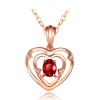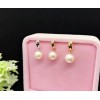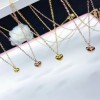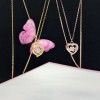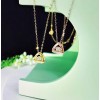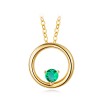商标名称:Lancia
简单描述:Adjustable Chain 18K Gold Jewelry Freshwater Pearl drop Necklace White Color
产品产地:中国
产品型号:ydn1870
装箱港口:Hong Kong
付款方式:T/T,Western Union
产品详细说明: Detailed Product De
| Jewelry Type: | Pearl Necklace | Pearl Color: | White |
|---|---|---|---|
| Pearl Type: | Cultured Pearl | Pendant Shape: | Round |
| Custom Made: | Accepted | Occation: | Weekday |
Gold Weight: Approx 1.30g
Picture Details:
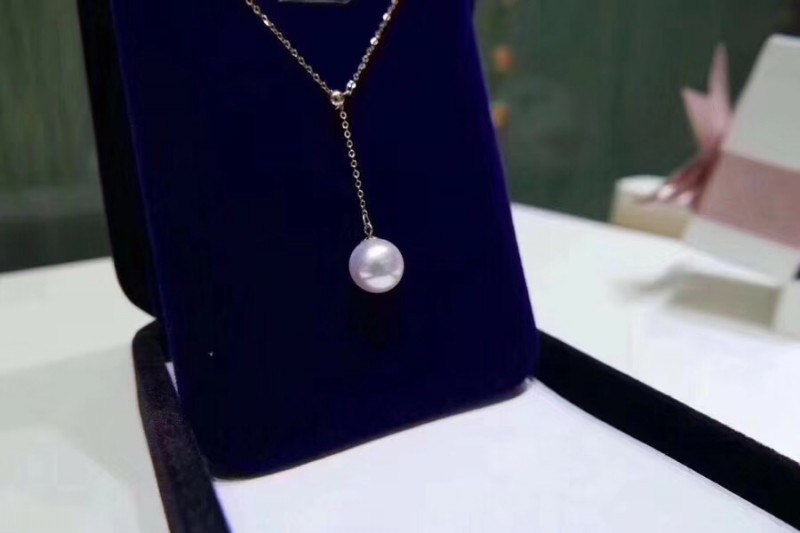
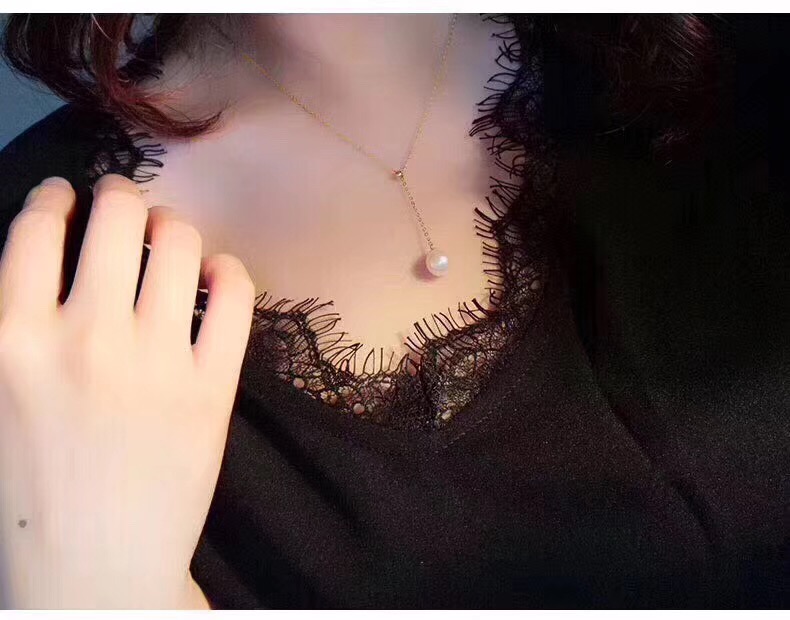
How Freshwater Pearls are Cultured
Because natural freshwater pearls are scarce and hard to find, so the Japanese originated the first cultured freshwater pearls in Japan. To culture pearls, first of all the skilled workers open mussel shells just a slight crack, then insert smell pieces of live mantle tissue from another mussel into tiny slits made, in the mantle.
This is usually enough to start nacre production. Therefore cultured freshwater pearls generally have no sand or other material as a ‘seed’ but are composed completely of nacre.
The Japanese began experimentation in the 1950s. They culture freshwater mussels in a large lake near Kyoto. Further more this resulted in all-nacre Biwa pearls forming in colors previously unseen in saltwater pearls. These natural luminescent pearls with naturally occurring coloring became instantly in high demand consequently.
Freshwater Cultured Pearls in China
Firstly the Japanese dominated the cultured-pearl industry from 1950 to 1990. Due to the industrial pollution and over-development led to a steep decline in the quality of Japanese cultured pearls. The market shifted to China, because the conditions were right for “pearl farming”. Since China has countless lakes, rivers, and irrigation ditches to use for pearl cultivation, and an eager work force that is ready to work the farms.
Currently the best and largest freshwater pearl producers are located in China. Modern technology and cutting edge techniques had been developed in Japan to process, clean, bleach, polish and drill freshwater pearls.
Chinese pearl cultivators studied Japanese pearl processing techniques. They invested in the technology and research to become the best in the pearl market. They also create natural pearls with great luster and perfect shape. Although cutting edge methods are used in most phases of work, most pearl stringing is still done by hand by skilled workers.
Freshwater Cultured Pearls and Natural Pearls
The least expensive cultured freshwater pearls now available from pearl farms in China easily rival the pearl quality of the most expensive natural pearls. In existence Chinese pearls are nearly indistinguishable from original Biwa quality, with size, color and luster almost surpassing even the most expensive Japanese pearls.














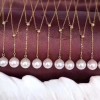
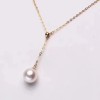



 发布供求信息
发布供求信息 推广企业产品
推广企业产品 建立企业商铺
建立企业商铺 在线洽谈生意
在线洽谈生意